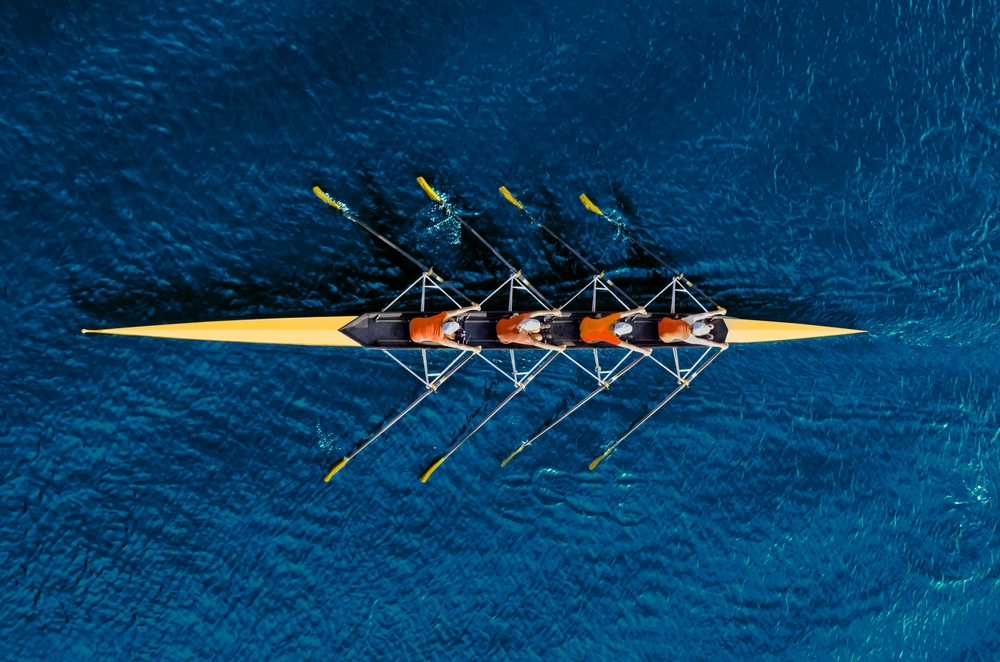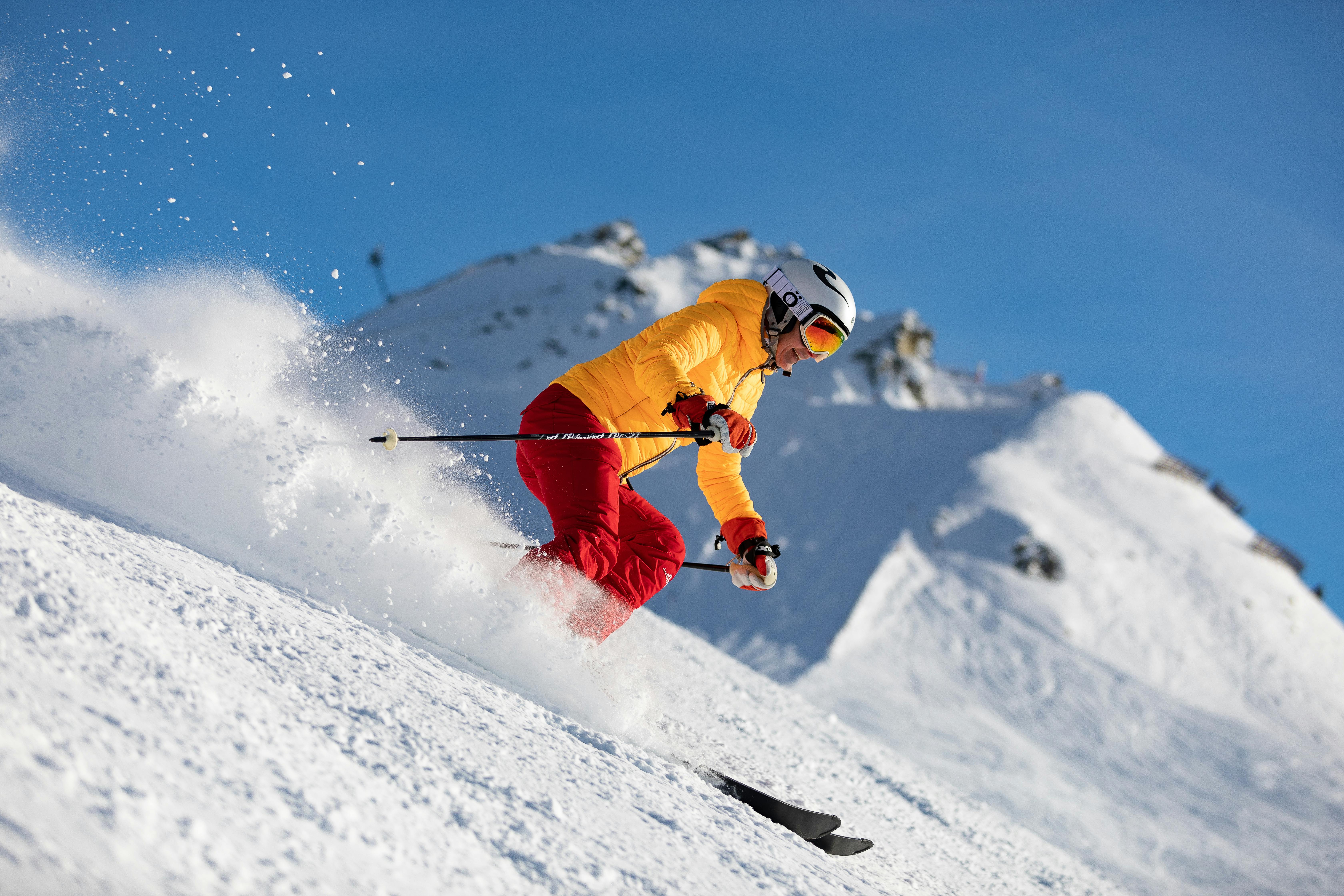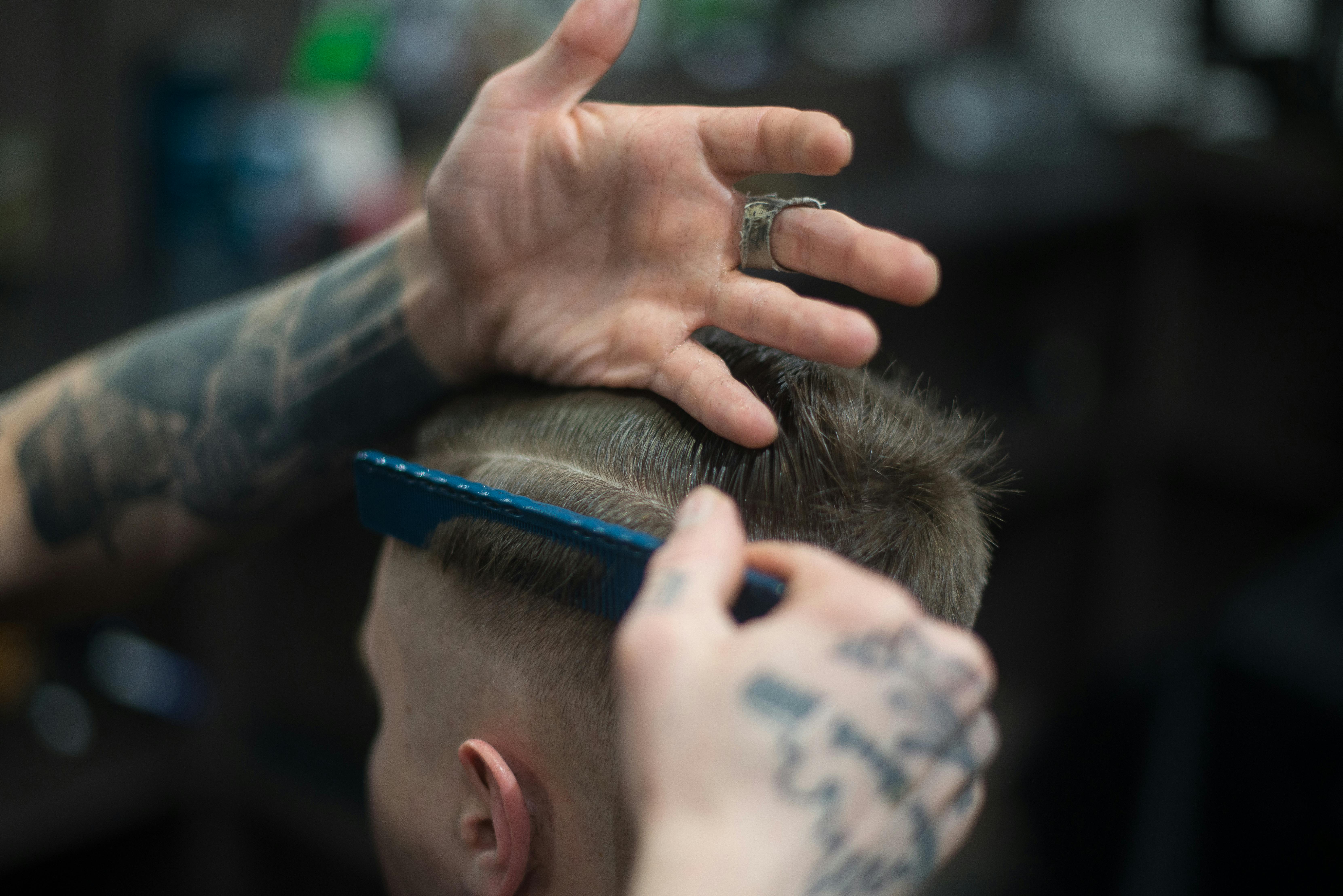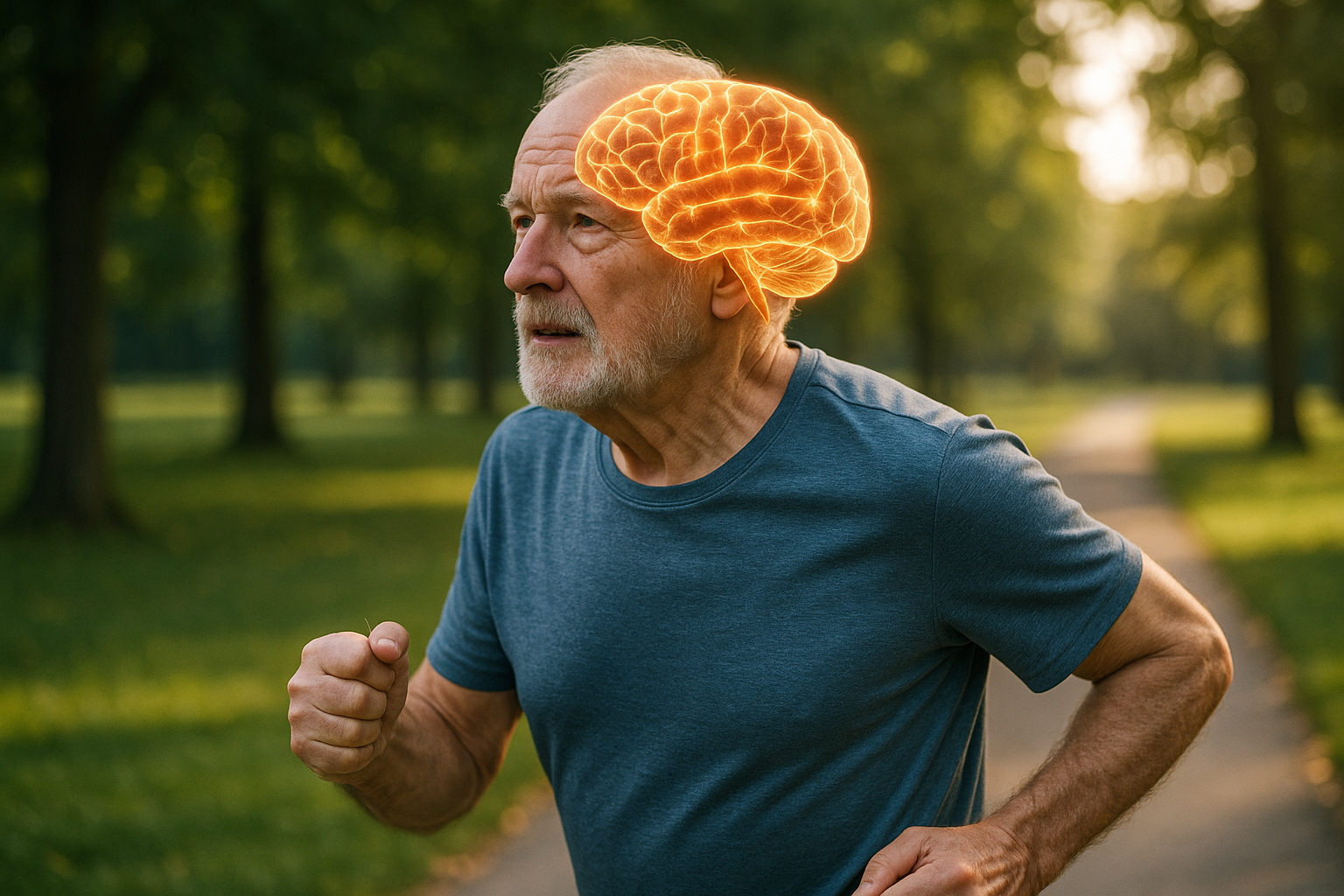Breaking Down the Science of Rowing: An Analysis of its Training and Performance Strategies
Rowing, the sport of propelling a boat by means of oars, is not just an Olympic event, it's a comprehensive training regimen that demands both physical and mental prowess. Its roots can be traced back to Ancient Egypt, where it was used primarily for transportation and warfare. Fast forward to the present day, rowing has evolved into a competitive sport that’s admired and practiced worldwide.

A Historical Perspective on Rowing
Rowing has a rich history that spans centuries. The sport was already well-established in ancient civilizations, with depictions of rowing found in Egyptian tombs dating back to 1430 BC. It was typically used for transportation and warfare due to its speed and efficiency on the water. The evolution into a competitive sport began in the 18th century in England, with the establishment of the first known “boat race” in 1715. The sport continued to grow in popularity, eventually becoming a staple event in the Olympic Games in 1900.
The Anatomy of a Rower: Physical Demands and Training
Unlike many other sports, rowing is a full-body workout. It demands strength, endurance, flexibility, and coordination. The upper body and core are engaged during the drive phase, while the legs and lower body power the recovery phase. Due to these demands, rowers undergo rigorous training regimens that often include weightlifting, cardiovascular exercises, and flexibility training. However, the challenge doesn’t end with the physical; the mental fortitude required to maintain rhythm and coordination, especially in team rowing events, is equally important.
Current Trends in Rowing Training
The training methods for rowing continually evolve as we deepen our understanding of the human body and performance science. Current trends include high-intensity interval training (HIIT), which alternates between short, intense bursts of exercise and periods of lower intensity activity or rest. Another trend is the increased use of ergometers, which simulate the rowing motion and provide detailed feedback on performance metrics such as stroke rate and power output.
The Strategy Behind the Stroke: Rowing Performance Strategies
Rowing strategies are complex and multifaceted. They include pacing, stroke rate, and timing. Pacing refers to the distribution of effort throughout the race. A popular strategy is to start and finish strong, with a steady pace in the middle. Stroke rate, or the number of strokes taken per minute, is another crucial factor. A higher stroke rate can lead to faster speeds but also increased fatigue. Finally, timing, particularly in team events, is essential to maintain synchronicity and maximize boat speed.
Rowing: An Epitome of Endurance, Strength, and Coordination
Rowing, with its rich history and multifaceted demands, is a sport that epitomizes endurance, strength, and coordination. It’s a sport that continually evolves, with training methods and performance strategies adapting to advancements in sports science. Rowing not only tests an athlete’s physical limits but challenges their mental fortitude, making it a uniquely demanding and rewarding sport. As we continue to deepen our understanding of the human body and performance science, the world of rowing will no doubt continue to evolve and inspire.






